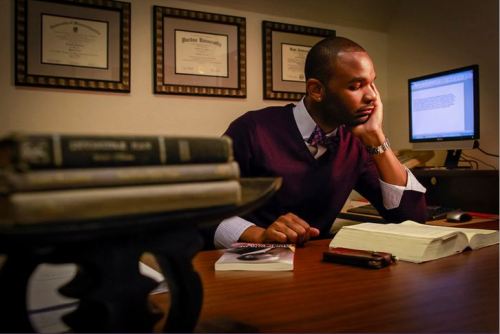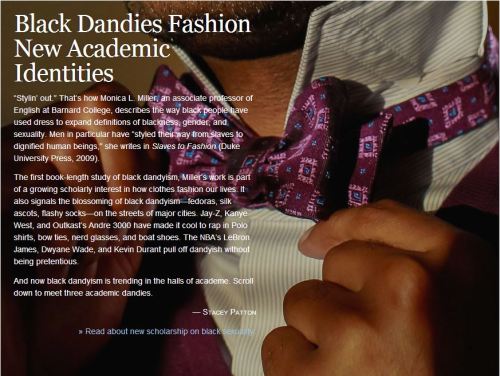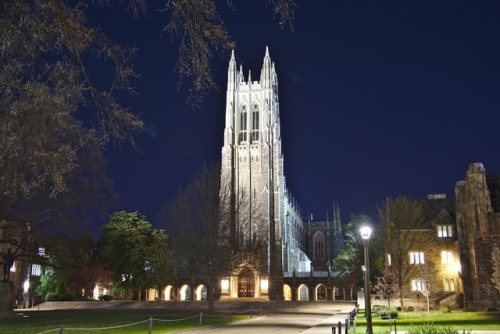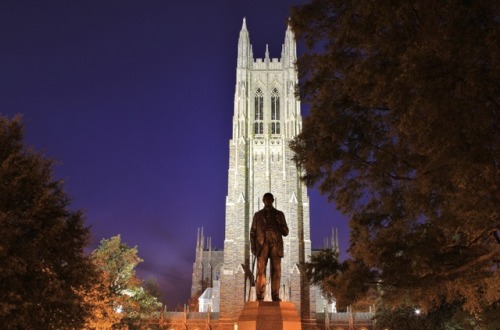#duke university
Supercomputer predicts optical and thermal properties of complex hybrid materials
Materials scientists at Duke University computationally predicted the electrical and optical properties of semiconductors made from extended organic molecules sandwiched by inorganic structures.
These types of so-called layered “hybrid organic-inorganic perovskites"—or HOIPs—are popular targets for light-based devices such as solar cells and light-emitting diodes (LEDs). The ability to build accurate models of these materials atom-by-atom will allow researchers to explore new material designs for next-generation devices.
The results appeared online on October 4 in Physical Review Letters.
"Ideally we would like to be able to manipulate the organic and inorganic components of these types of materials independently and create semiconductors with new, predictable properties,” said David Mitzi, the Simon Family Professor of Mechanical Engineering and Materials Science at Duke. “This study shows that we are able to match and explain the experimental properties of these materials through complex supercomputer simulations, which is quite exciting.”
Post link
Copper ions flow like liquid through crystalline structures
Materials scientists have sussed out the physical phenomenon underlying the promising electrical properties of a class of materials called superionic crystals. A better understanding of such materials could lead to safer and more efficient rechargeable batteries than the current standard-bearer of lithium ion.
Becoming a popular topic of study only within the past five years, superionic crystals are a cross between a liquid and a solid. While some of their molecular components retain a rigid crystalline structure, others become liquid-like above a certain temperature, and are able to flow through the solid scaffold.
In a new study, scientists from Duke University, Oak Ridge National Laboratory (ORNL) and Argonne National Laboratory (ANL) probed one such superionic crystal containing copper, chromium and selenium (CuCrSe2) with neutrons and X-rays to determine how the material’s copper ions achieve their liquid-like properties. The results appear online on Oct. 8 in the journal Nature Physics.
“When CuCrSe2 is heated above 190 degrees Fahrenheit, its copper ions fly around inside the layers of chromium and selenium about as fast as liquid water molecules move,” said Olivier Delaire, associate professor of mechanical engineering and materials science at Duke and senior author on the study. “And yet, it’s still a solid that you could hold in your hand. We wanted to understand the molecular physics behind this phenomenon.”
Post link
We spent a few minutes combing through a curious scrapbook in the papers of Braxton Craven (considered Duke’s second president, he led the institution from 1842 to 1863 and then from 1866 to 1882).
It contains sentimental and moralizing love stories clipped from newspapers and magazines. Many of the stories are accompanied by handwritten summaries of their key lessons–and here are some of the best ones for your edification. (You’re welcome.)
Lest you think that this guy doesn’t look susceptible to this sort of story, let me remind you that one of his claims to fame is as the author of “Naomi Wise: Or, The Wrongs of a Beautiful Girl,” the story of a Randolph County, NC murder that became the basis for the oldest known American murder ballad.
Post link
Happy Martin Luther King Jr. Day!
Top photo: Dr. King speaks at Duke University’s Page Auditorium on November 13, 1964.
Bottom photos: The audience filled the auditorium and overflowed into the wooded area behind the building. Note the speakers visible in the middle photograph.
To hear clips of Dr. King speaking at Duke, visit http://mlk.duke.edu/king-at-duke/
Post link
It’s coming, the event so monstrous we’re too scared to have it more than once a year … SCREAMFEST.
This Halloween from 1:30-3:30 PM, join the David M. Rubenstein Rare Book & Manuscript Library as we dive into the creepiest, the spookiest, the most coulrophobia-inducing collections we have to offer, including: amputation saws perfect for cannibal clowns; paranormal tools for communicating with your missing siblings; and other materials destined to haunt your deepest slumbers.
Free and open to the public in the Holsti-Anderson Family Assembly Room at the Rubenstein Library (West Campus).
Come for the free candy, stay for more free candy. But remember, whatever you do, don’t take one of the red balloons … .
Post link
Opening the 1960 Chanticleer has always been a bit of a page fright….
(Browse the 1960 Chanticleer online!)
Post link
A recent episode of Malcolm Gladwell’s podcast, Revisionist History, delves into the unfair dismissals of black teachers after the Supreme Court’s ruling in Brown v. Board of Education. Gladwell pieces together a narrative drawn extensively from archival sources, including oral histories from Duke University Library’s collection: “Behind the Veil: Documenting African-American Life in the Jim Crow South.”
Gladwell explains that as school systems consolidated, white educators kept their teaching or administrative positions and black educators were fired in many cases or pushed out through marginalization. The National Education Association (NEA), as an advocate for the fair hiring practices of educators, drew attention to this inequity through the dissemination of reports, lawsuits, and statistics for decades after the ruling. The archives of the NEA are held by GW Libraries Special Collections and contain details of this injustice.
After our NEA Archivist, Vakil Smallen, heard the episode he immediately went to the collections to look for further original documentation of what Gladwell described. He found many sources and over the next few weeks we will share examples on our Tumblr.
TheNEA Task Force on School Desegregation in Louisiana wrote a report in 1970,16 years after the Court’s ruling, that details the many and varied accounts of black teachers being humiliated into quitting if they were not outright fired.
What follows are some of the examples of the mistreatment endured by educators of color in the Louisiana public school system documented in this 1970 report:
- Former administrators being demoted to teaching or janitorial positions in newly integrated schools.
- In one case, an elementary school principal with 27 years of experience was asked to teach a subject he was not certified in and he was later terminated on the grounds that he was unqualified to properly instruct on this subject.
- Some accounts detail former principals being reduced to offices in closets or given menial tasks such as being put in charge of attendance or distributing textbooks instead of leading schools.
- Black teachers were far less likely to receive the school assignment of their choice and had to accept assignment to an unwanted school or quit.
- Black teachers were instructed that they could not discipline white students for misbehavior.
Images above:
1. Photograph taken from the December, 1967 issue of the Southern Education Report.
2. Report Snapshot: Sample text from the NEA’s report on Desegregation in Louisiana
3. Headline taken from the Oct. 6, 1968 issue of The Advocate, a Baton Rouge based paper serving the entire state.
Post link
Black Dandies Fashion New Academic Academic Identies
“Stylin out.” That’s how Monica L. Miller, an associate professor of English at Barnard College, describes the way black people have used dress to expand definitions of blackness, gender, and sexuality. Men in particular have “styled their way from slaves to dignified human beings,” she writes in Slaves to Fashion (Duke University Press, 2009)
Post link

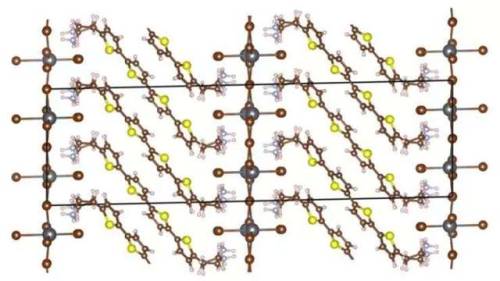




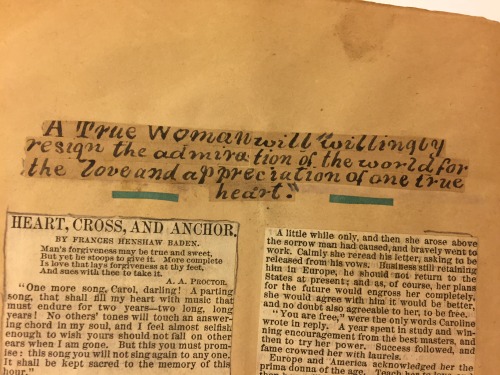


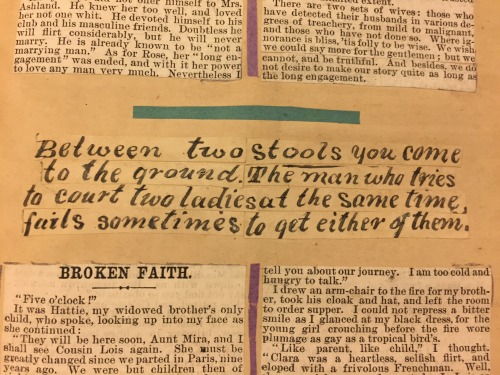

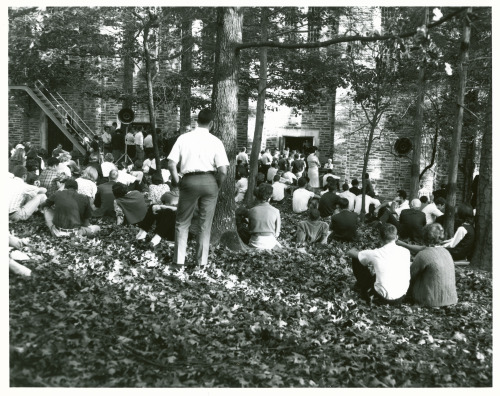

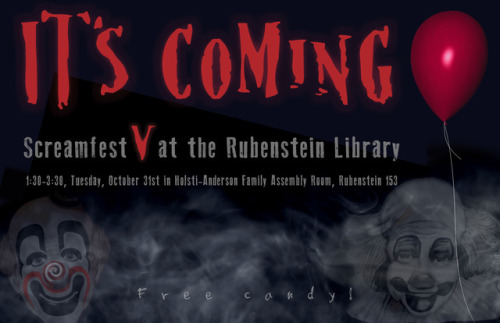
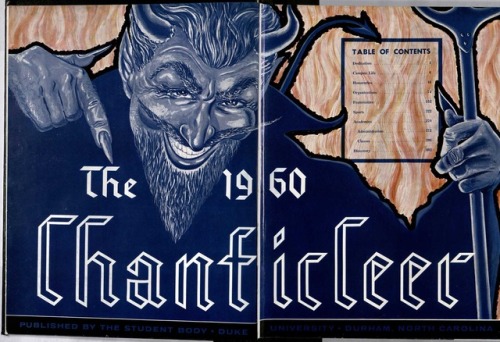
![Duke University, 1972 [via]. Duke University, 1972 [via].](https://64.media.tumblr.com/tumblr_krj5by0RoC1qa64fuo1_500.jpg)
![Duke University, 1984 [via]. Duke University, 1984 [via].](https://64.media.tumblr.com/tumblr_kqzyv9ynTd1qa64fuo1_500.jpg)
![Duke University, 1976 [via]. Duke University, 1976 [via].](https://64.media.tumblr.com/tumblr_kw5p95yCqh1qa64fuo1_500.jpg)
![Duke University, 1952 [via]. Duke University, 1952 [via].](https://64.media.tumblr.com/tumblr_kvwmkwR94X1qa64fuo1_500.jpg)
![Duke University, 1978 [via]. Duke University, 1978 [via].](https://64.media.tumblr.com/tumblr_kvr31g22021qa64fuo1_500.jpg)




